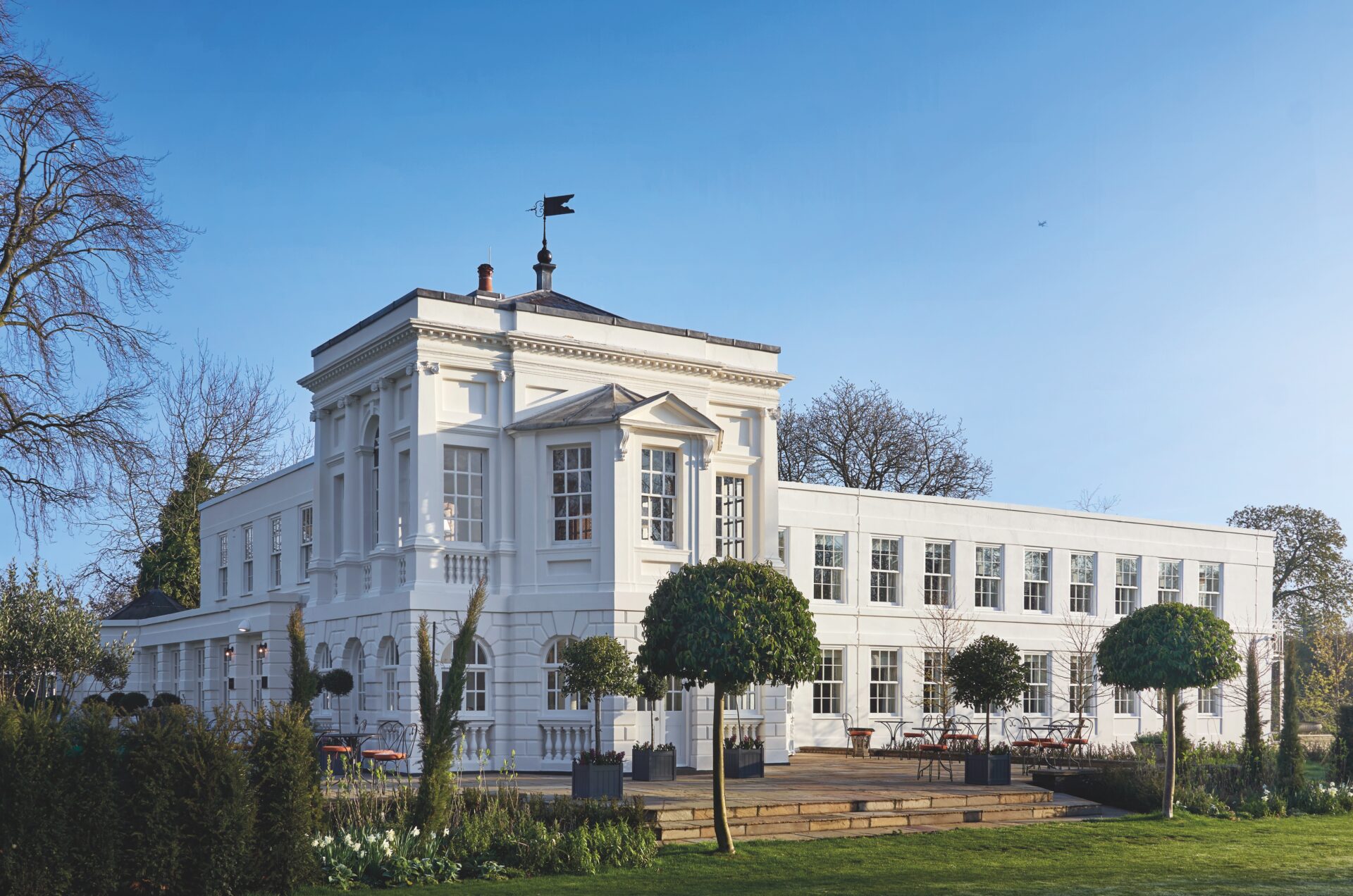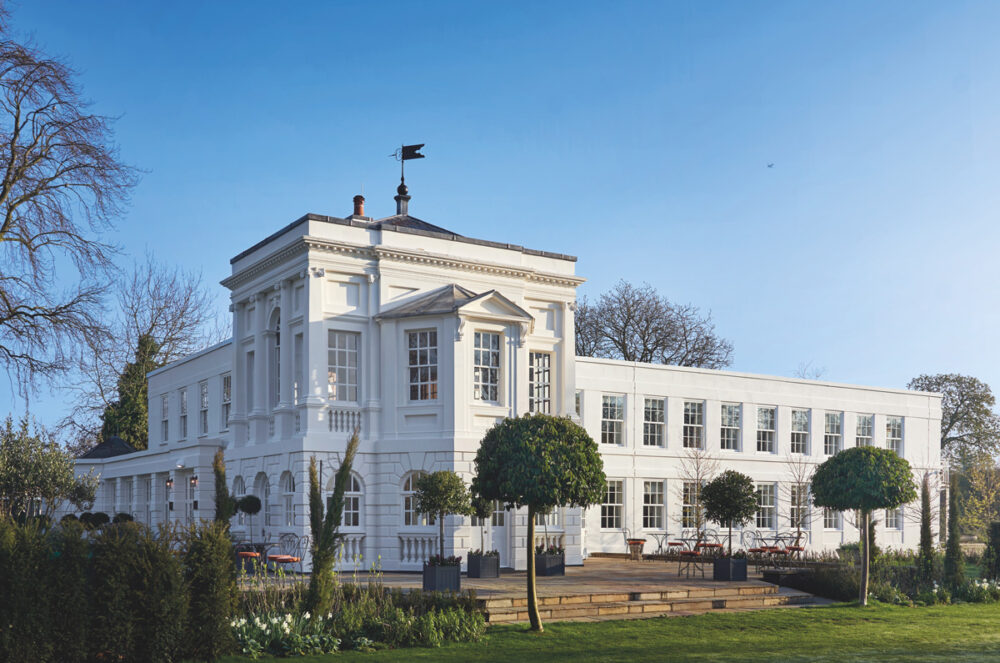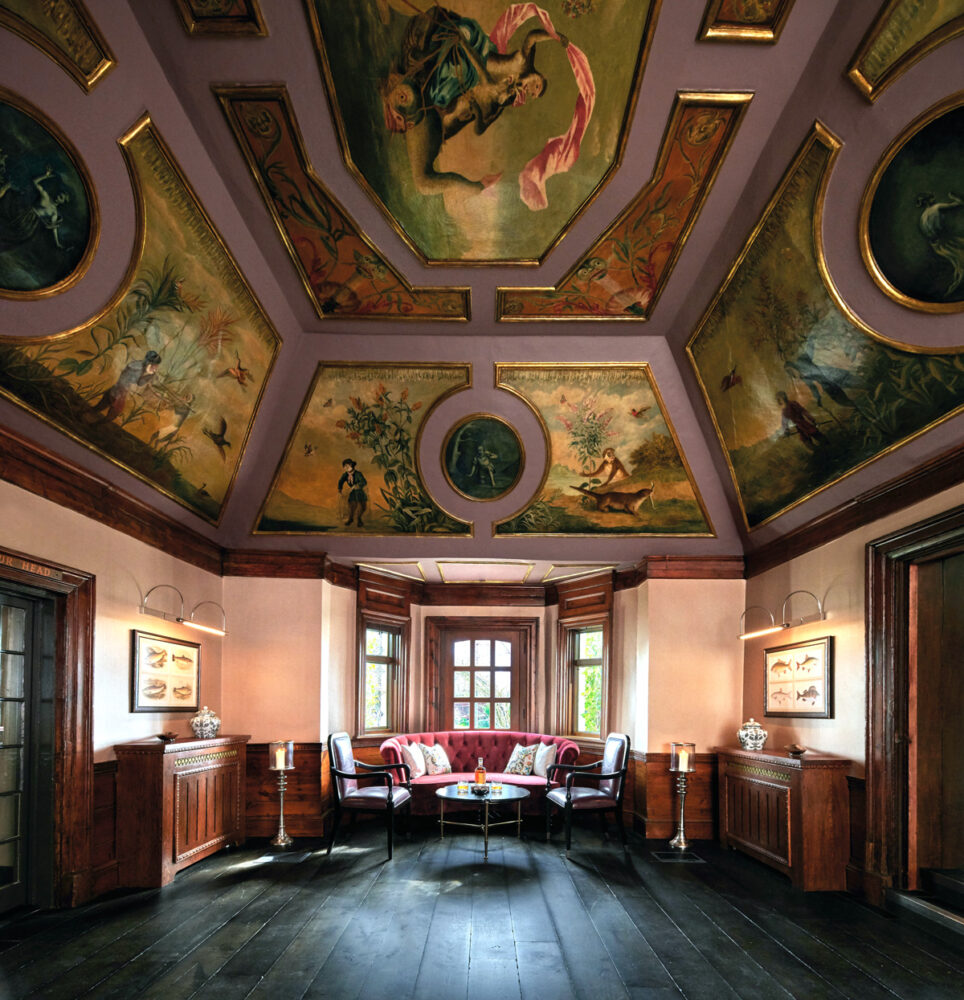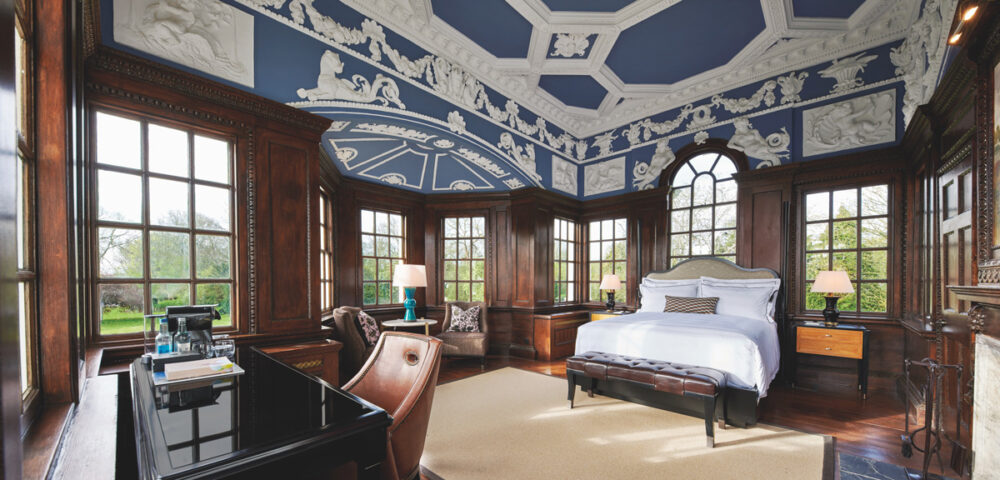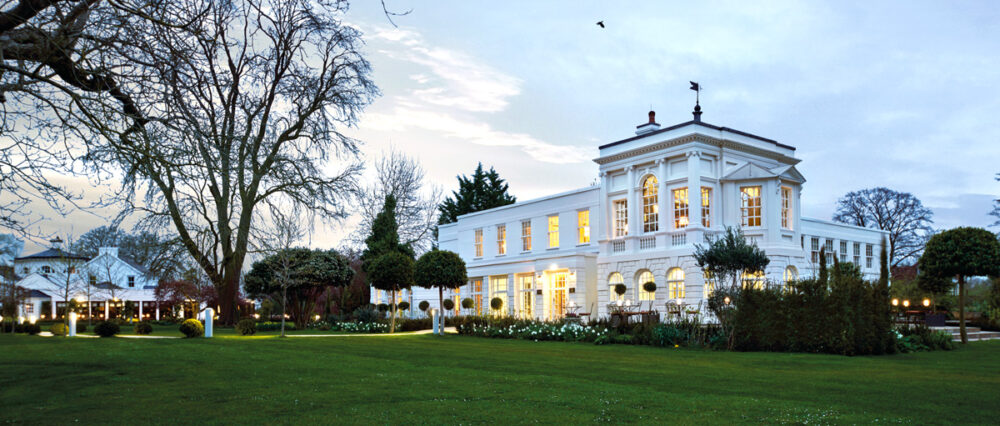In brief
Project Overview
Project details:
- Client: Monkey Island Estate
- Location: Bray, Berkshire, UK
- Team: Nash Partnership
Project details:
Share this project:
Project Overview
Clegg was appointed to provide structural engineering services for the redevelopment of the historic Monkey Island Estate in Bray, Berkshire. This Grade I listed property, dating back to the 18th century, underwent sensitive renovations to transform it into a high-end luxury hotel. The project involved designing a new staff accommodation building in the car park, replacing a dilapidated single-story structure with a two-story barn-style facility that enhances staff amenities and consolidates operations. Additionally, a classically inspired arrival lodge was created at the end of a newly landscaped approach, serving as the hotel’s reception area, waiting spaces, and luggage storage.
Clegg Contribution
Restoration efforts focused on the Pavilion, originally an 18th-century fishing lodge, requiring a conservation-led approach. Clegg’s team repaired the timber-framed structure and restored the iconic “Monkey Room” with its unique painted ceiling. The upper floor was converted into a whiskey bar, preserving original features, while a new riverside restaurant and terrace enhanced the dining experience. The Temple, another Grade I listed building, faced subsidence issues necessitating structural interventions.
Clegg undertook the underpinning of the foundations, refurbished the 1960s accommodation wing for updated guest rooms, and restored the ornate 18th-century first-floor room.
Preserving Heritage
This ambitious design proposal underwent meticulous planning and justification to secure the support of the local planning authority. Emphasising the sustainable operation of the hotel, the aim was to ensure the renovation and long-term security of the nationally significant Grade I listed heritage asset.
In October 2016, our refurbishment plans garnered unanimous community and planning authority support, leading to the hotel’s reopening in April 2019. The project included enhancing the historic riverside setting with tree avenues, path realignment, and upgraded surfaces for accessibility. A new energy center was seamlessly integrated, reflecting Clegg’s dedication to preserving heritage while modernising historic buildings. The estate reopened in 2018, merging its rich history with contemporary facilities and service.
